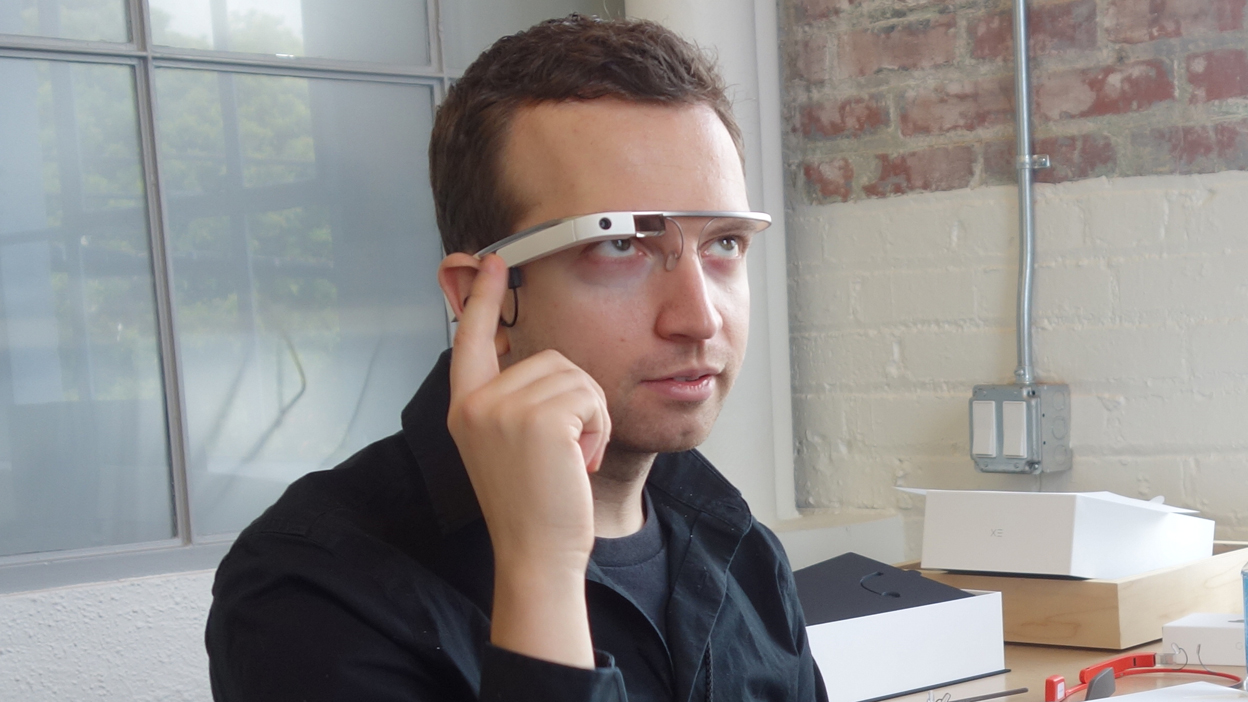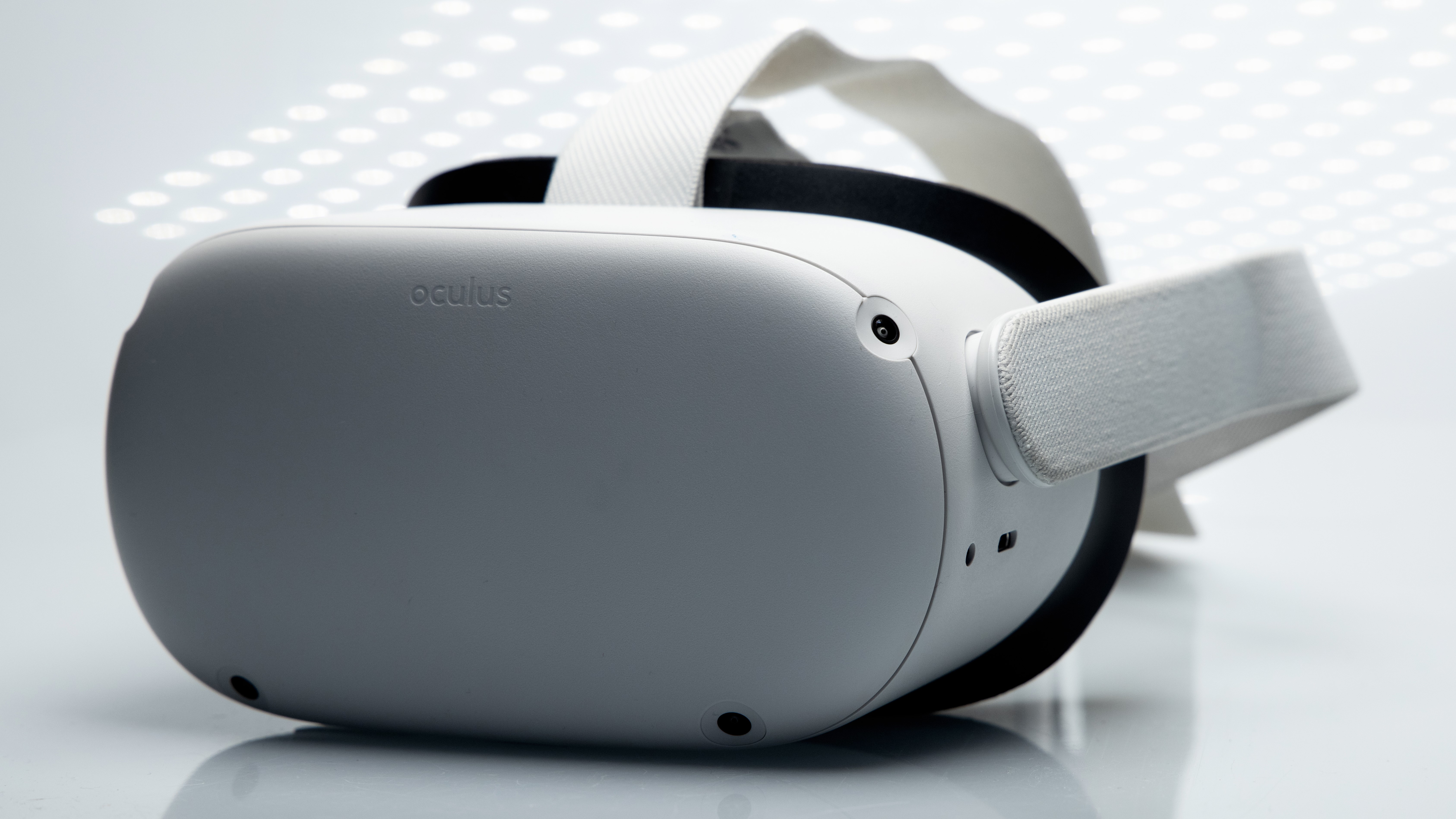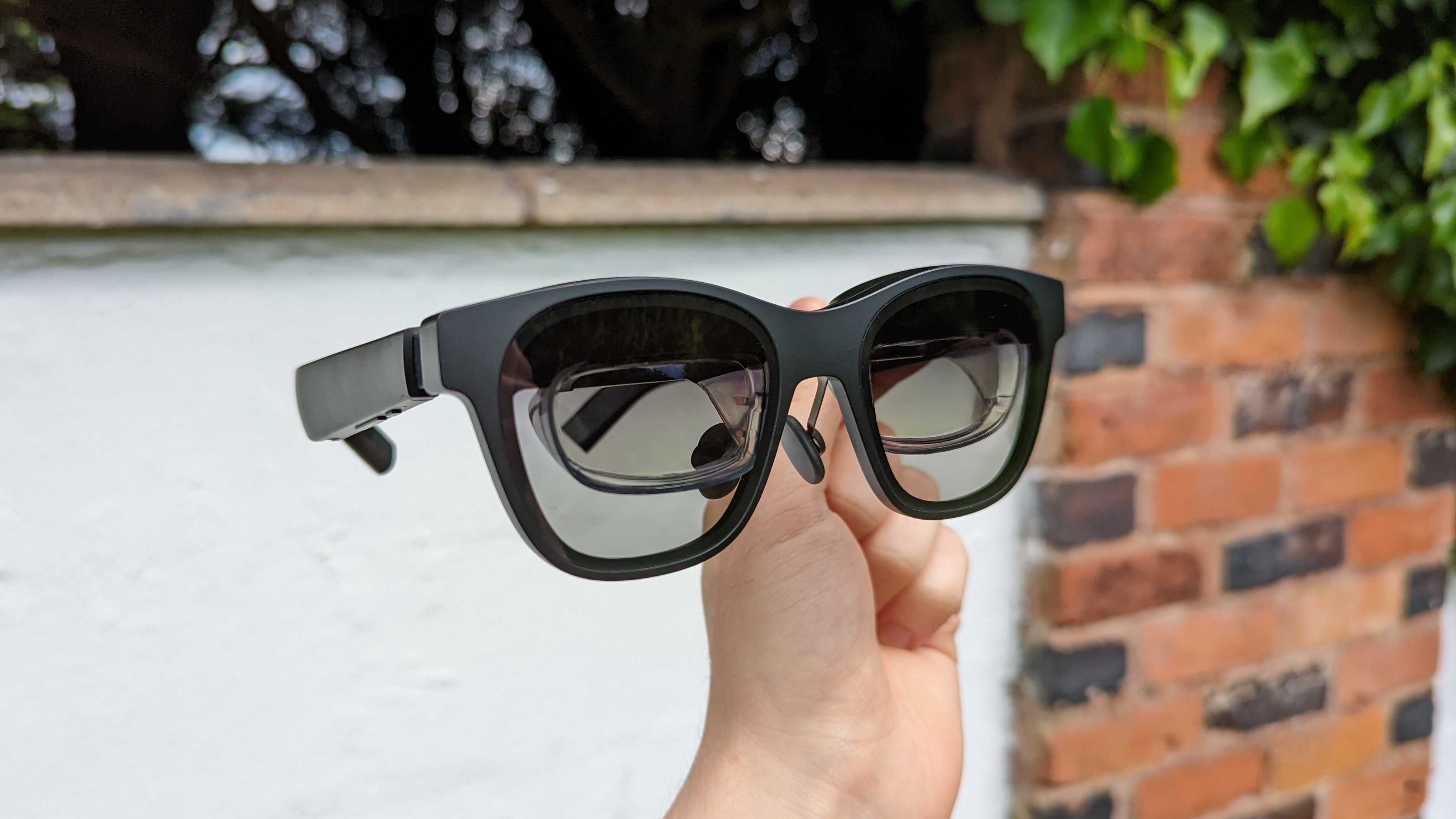Google Glass 2: everything we know and want to see

Google has officially announced not only the existence of its upcoming AR device but also that it’s starting to test it out in the real world.
Following rumors that Google was returning to the consumer AR space, the California tech giant confirmed as much with a blog post detailing its plans to trial prototypes outside the lab.
While Google has yet to name the AR device, we’ll be calling it the Google Glass 2 until we hear otherwise. Google Glass was Google’s first proper foray into the AR wearables space, and despite fizzling out after a few years in the consumer space, it feels like it might finally be time for it to make a comeback.
Even though Google Glass 2 still looks to be a couple of years from release, there’s quite a bit we know right now thanks to leaks and official details. Read on to find out everything we know, and also what we want to see when Google’s next AR wearable finally launches.
Google Glass 2: Release date
We don’t have an official release date for the Google Glass 2 yet, but there is a rumor that Google plans to ship an AR device (codenamed Project Iris) sometime in 2024 (via The Verge). Given that Google has officially announced that it will begin publicly testing its next AR glasses in August 2022 there’s a strong chance it’ll have something to release in the next couple of years.

With so much time between now and then there’s no telling if production or development struggles will get in the way and force a delay. If things go poorly, Google could decide to scrap the Google Glass 2 entirely.
Google Glass 2: Price
Price is a tough one to predict just because there are so few details about the Google Glass 2 right now.
Sign up for breaking news, reviews, opinion, top tech deals, and more.
The best place to start is with the original which launched at $1,500, (around £1,250 / AU$2,160). If you ask us that’s frankly too much for a wearable, and Meta has shown that what consumers value most is affordability.
The Oculus Quest 2 has singlehandedly revolutionized public engagement in VR, becoming far and away the most successful headset ever produced. A big part of that is its very reasonable $299 / £299 / AU$479 price. If Google wants to see the same level of success, it would be smart to follow Meta’s lead and offer the Google Glass 2 at a similarly low price.

As more information comes out we’ll learn more about what kind of AR device Google wants to make, be it high-end or more consumer friendly one. Once that’s clear, the Google Glass 2’s price should come into focus, as well.
Google Glass 2: Design and features
In August when prototypes start hitting the streets around Google’s US headquarters, we’ll likely get a better idea of what Google Glass 2 looks like and what it’s capable of, but that doesn’t mean we don't know anything right now.
For starters, Google has admitted that it’s focusing on tests for live translation and directions – providing assistance via an in-lens display that will augment the real world around you. In order to pull off these feats, the AR device will be outfitted with cameras and microphones so that it can take in all of the information that it needs.
We’re also fairly confident it’ll look like a pair of glasses. While Google never actually used the word glass or glasses in its blog post, its header image shows a table with torn-apart glasses strewn across a workbench.

As such, we wouldn’t be surprised if the Google Glass blended the elements of the original’s iconic design with more recent smart glasses like the RayBan Stories – both of which featured similar internal tech.
As Google publicly tests out new features and leaks start to emerge we’ll likely learn a lot more about what the Google Glass 2 will be capable of, but with a suspected release date of 2024, we’ll likely have to wait a long time before everything is set in stone.
What we want to see from Google Glass 2
1. To look way less bizarre
The original Google Glass AR glasses looked way too distinct (read: weird as heck). When walking around with them on, it was easy to feel super self-conscious and it was clear to any onlookers that you weren’t wearing a normal pair of specs.
While the Nreal Air AR glasses aren’t perfect, one aspect they got right is their sleeker (and importantly normal-looking) design. If the Google Glass 2 can take a page out of Nreal’s book (and perhaps some cues from the RayBan Stories too), we’d be delighted.

2. No head gestures
Similarly, the Google Glass 2 needs to scrap the original’s head gestures, swapping in hand gestures, and the option to use a phone screen instead.
Manipulating what you see on the AR screen with twitchy head movements was an idea that developers likely thought was great on paper, but in the real world you’d end up drawing quite a lot of attention to yourself.
Hand gesture tracking has improved considerably since the Google Glass first launched, so we’d love to see it used more in the follow-up. However, having to use our phones would be an okay compromise over voluntary neck spasms.
3. To have a large internal battery
Google Glass 2 looks set to be a more powerful and useful version of its predecessor so as a result, we want to make sure it has enough battery life to lend a hand whenever we need it.
If it's wireless like the original Google Glass (and our preferred design choice), a large internal battery will mean it won't need to be plugged into a power source as frequently – extending the time it can be worn on our face.
If Google instead decides its new device needs to be wired (like the Nreal Air) then that internal battery would still be a massive benefit. One major downside of Nreal's device is that the headset significantly drains the battery of whatever phone it’s plugged into. Given that the Google Glass 2 looks set to be a pretty capable pair of glasses, we’re convinced it will likely be an even bigger battery sink.
With its own internal battery to munch through first, however, our smartphones should be spared from having their charge gobbled up too quickly.
4. Plenty of third-party support

While Meta has helped to create some great Quest 2 experiences, most of the best Oculus Quest 2 games are made by third-party developers. In a similar vein, we hope Google has partners that believe in its hardware and develop unique AR tools to make the glasses more feature-packed.
Another major issue with the Nreal Air glasses was that they just didn’t do much. This made justifying their relatively high price (£400, around $480 / AU$690) a nearly impossible task. With the Google Glass 2 likely to cost more than the Air AR glasses – given the original’s even loftier $1,500 asking price (around £1,250 / AU$2,160) – Google will need to make sure it can demonstrate why potential customers should pay up.

Hamish is a Senior Staff Writer for TechRadar and you’ll see his name appearing on articles across nearly every topic on the site from smart home deals to speaker reviews to graphics card news and everything in between. He uses his broad range of knowledge to help explain the latest gadgets and if they’re a must-buy or a fad fueled by hype. Though his specialty is writing about everything going on in the world of virtual reality and augmented reality.